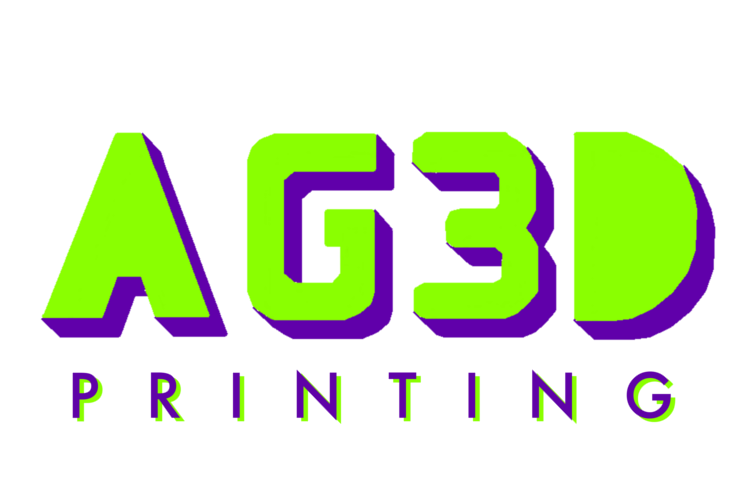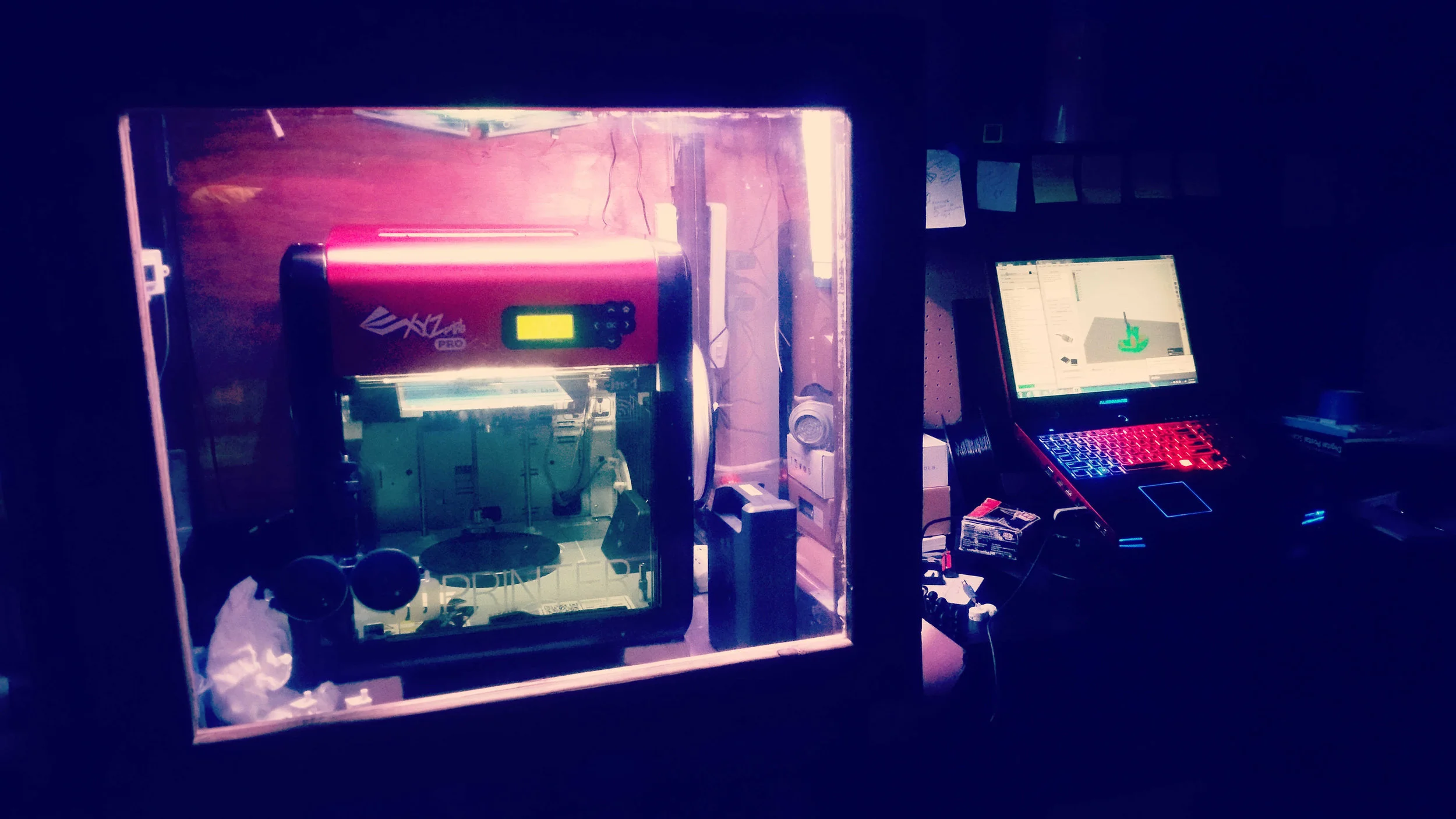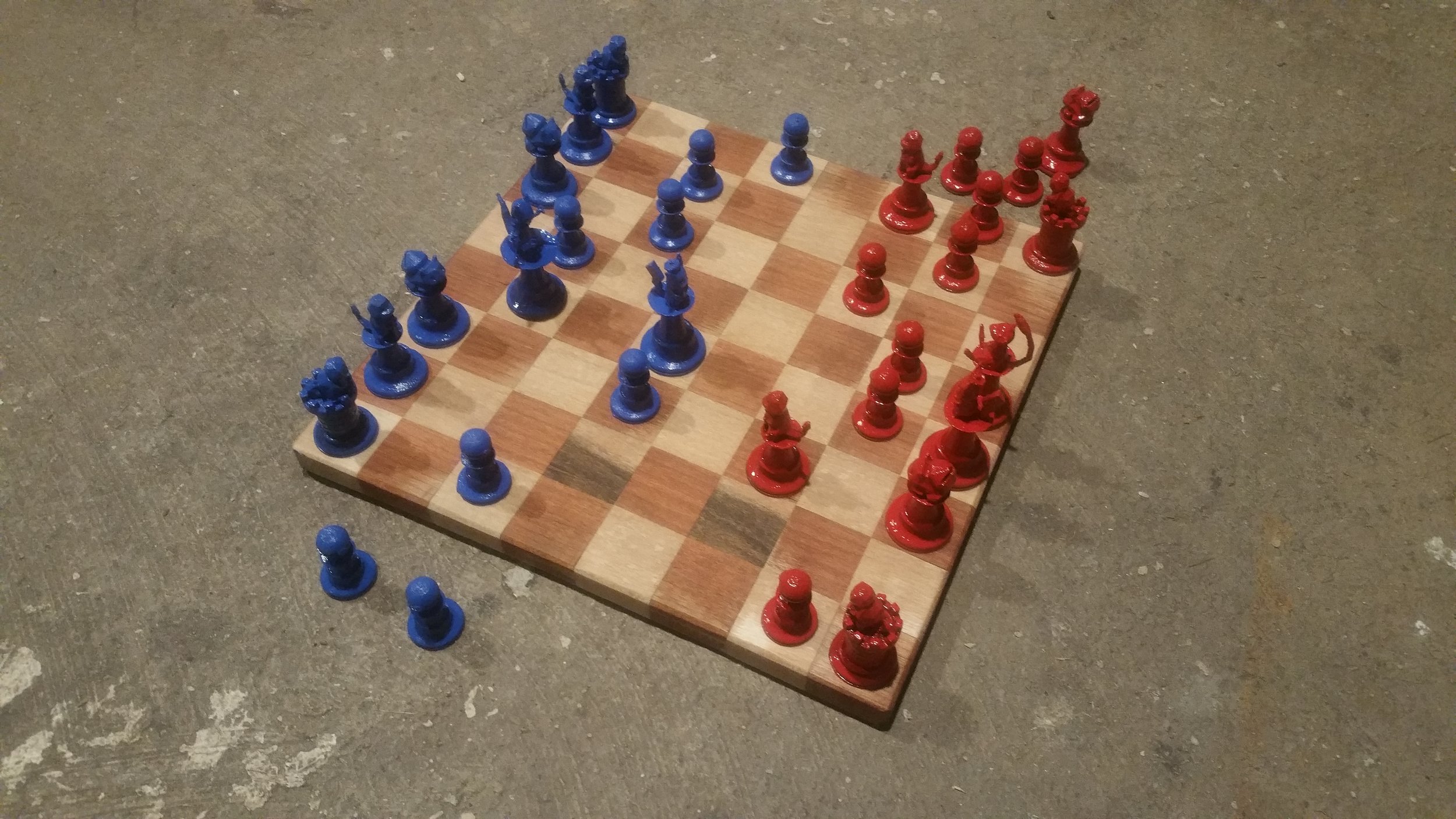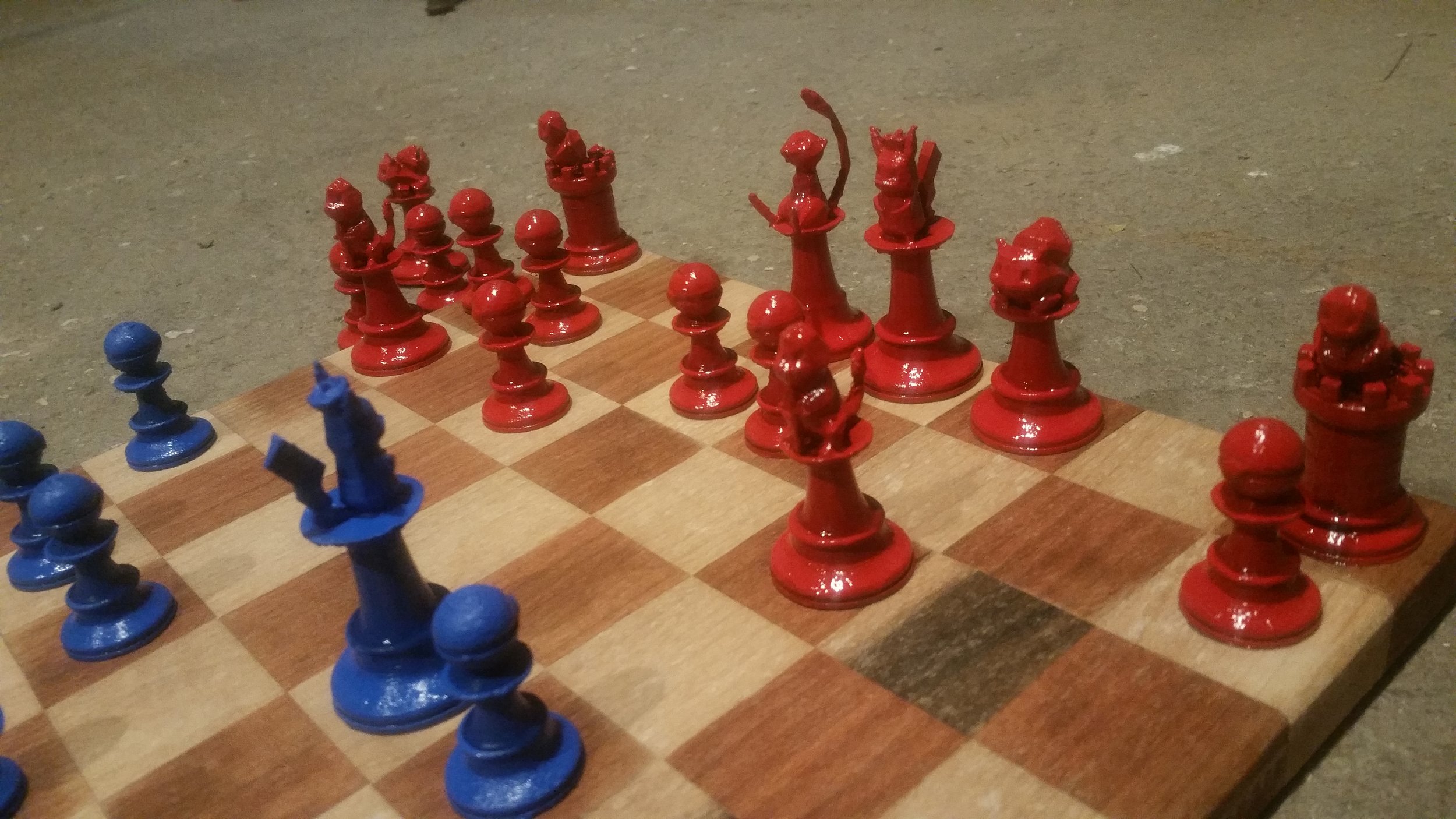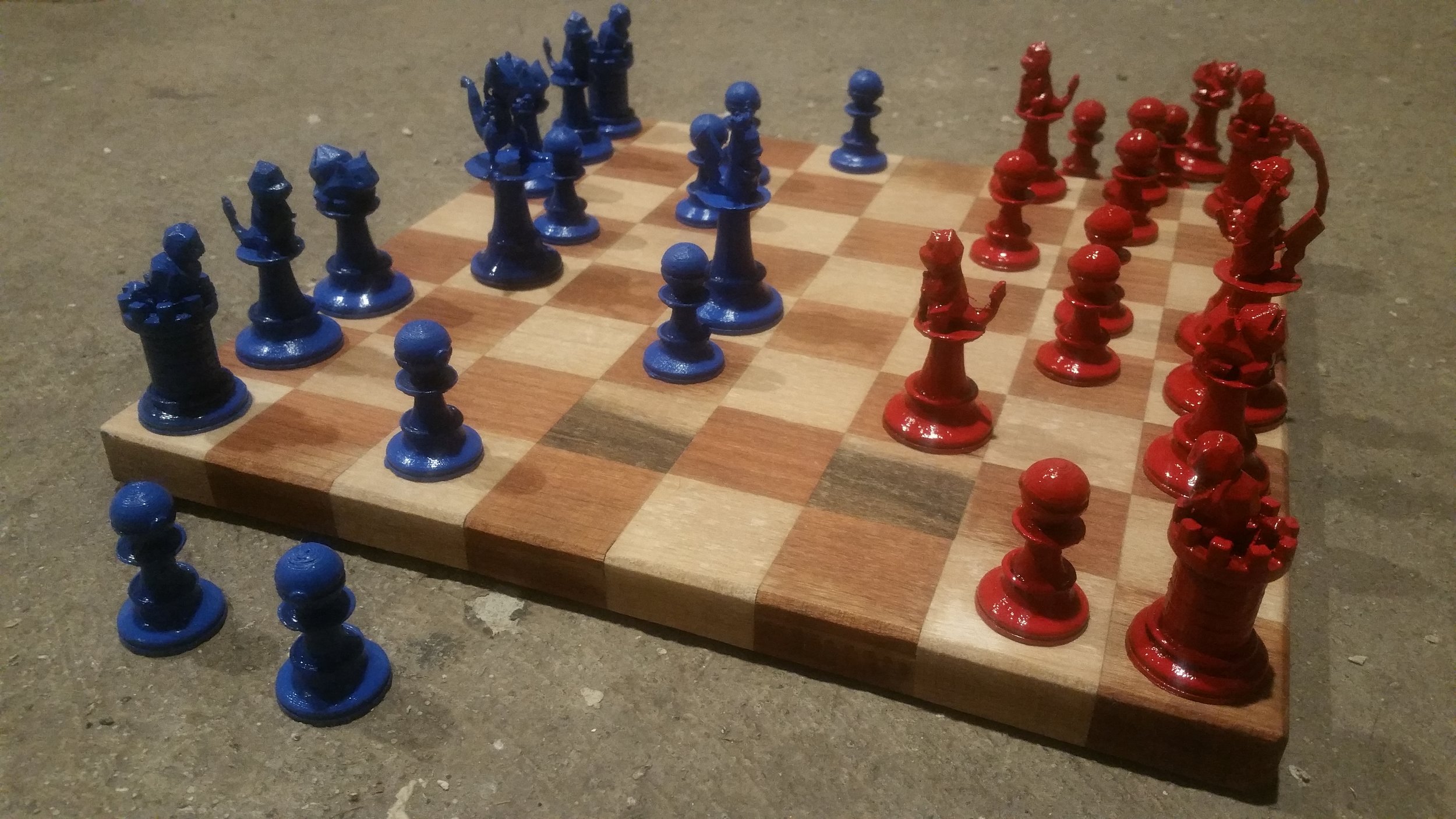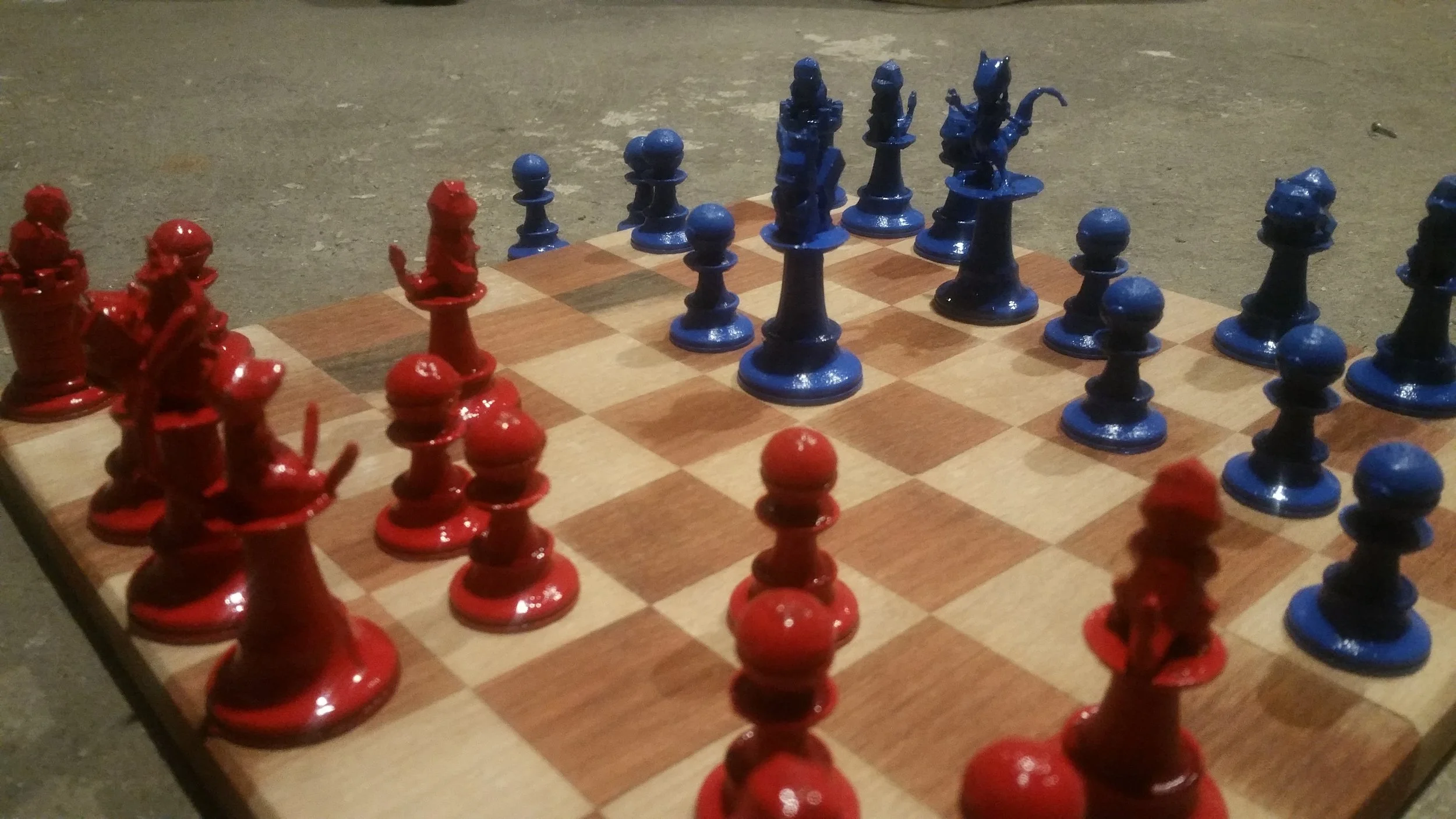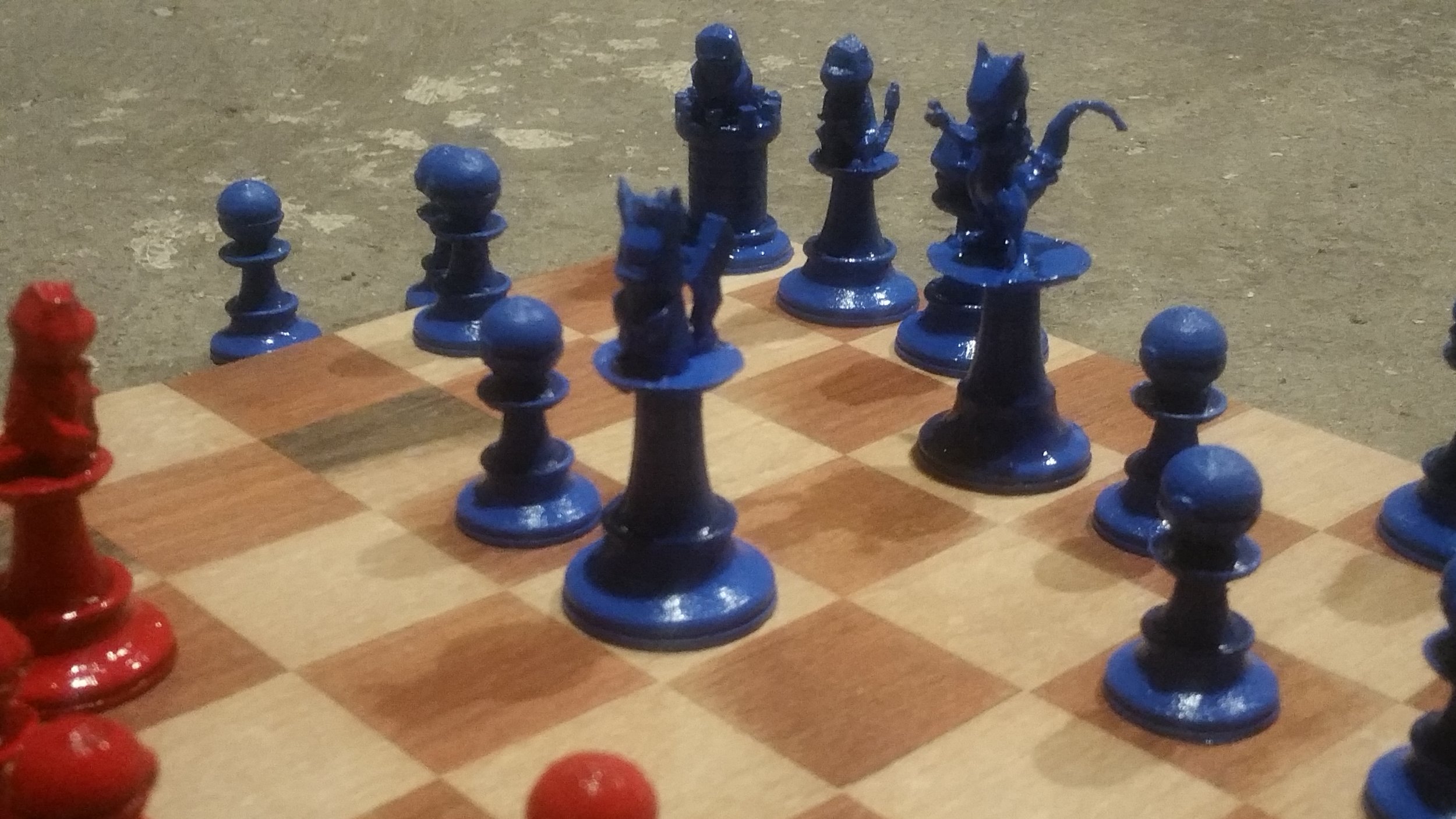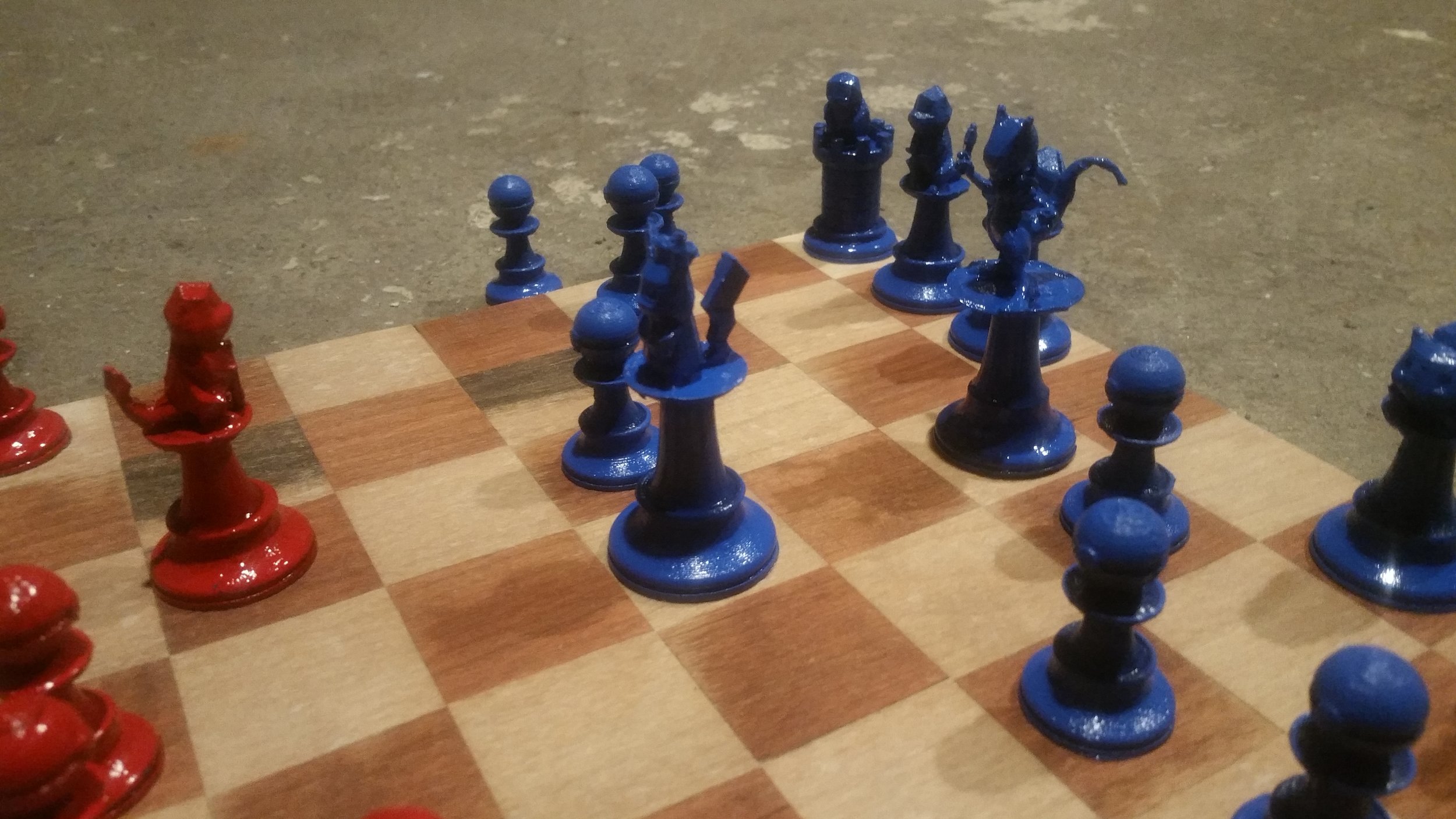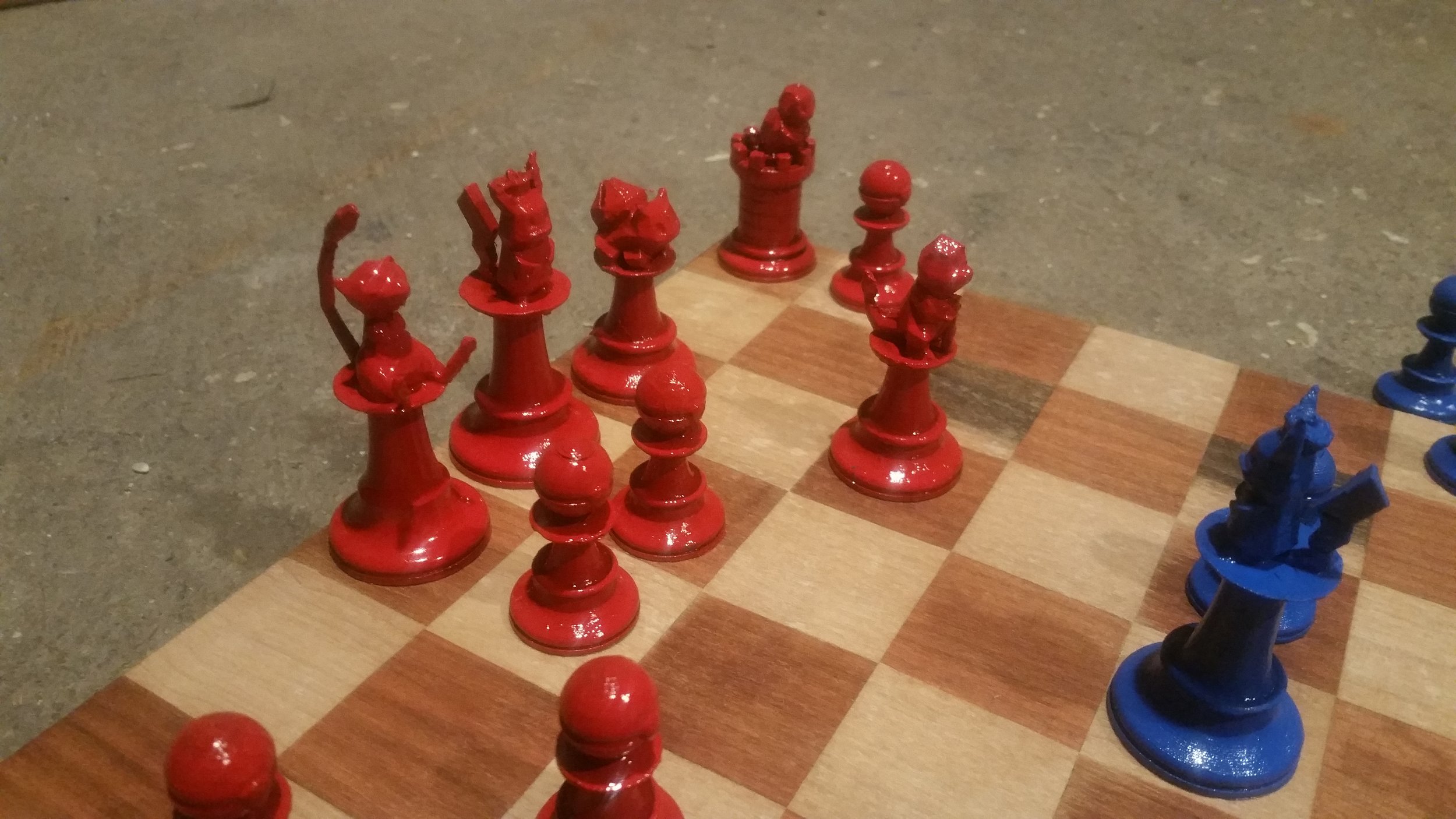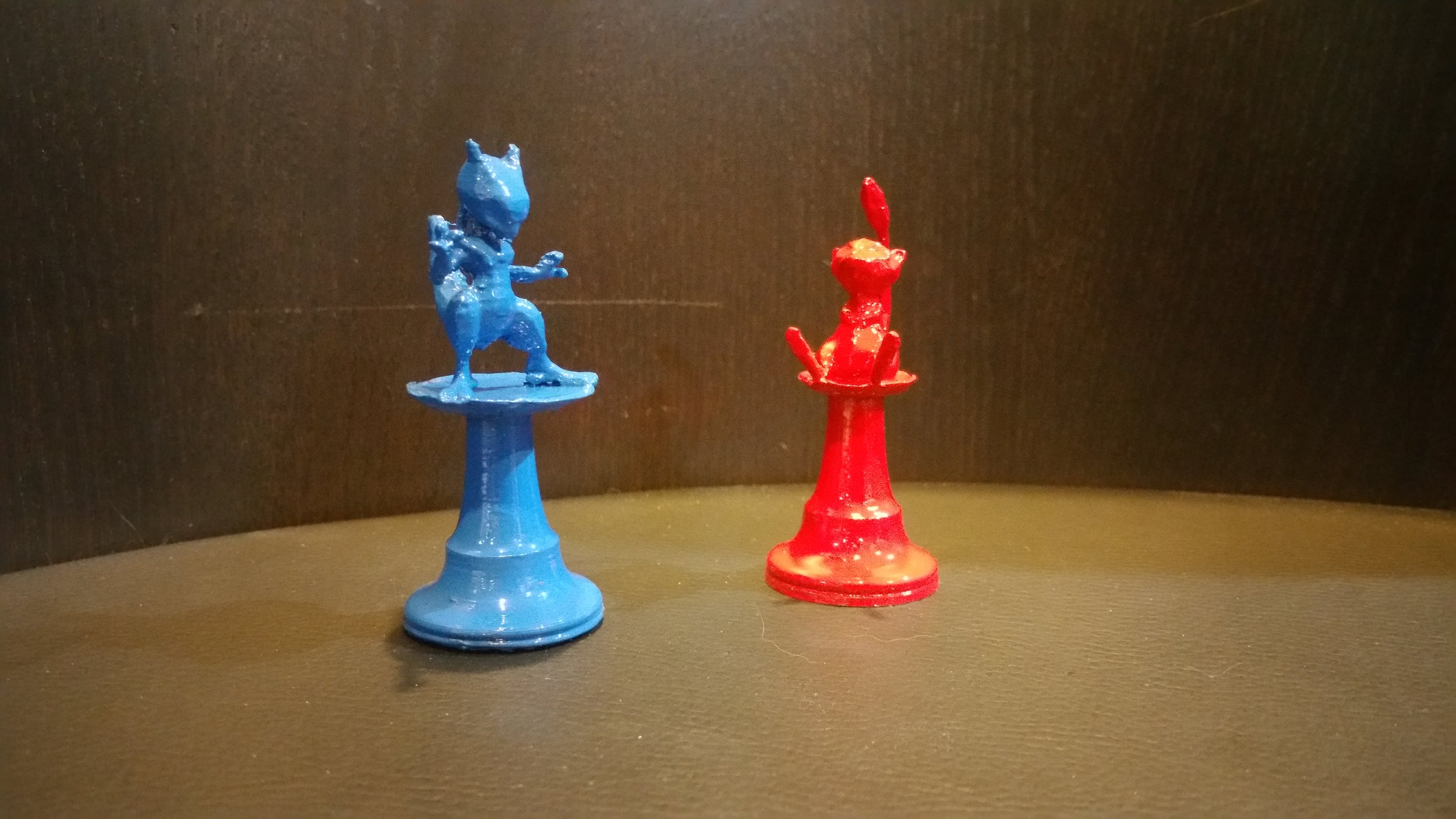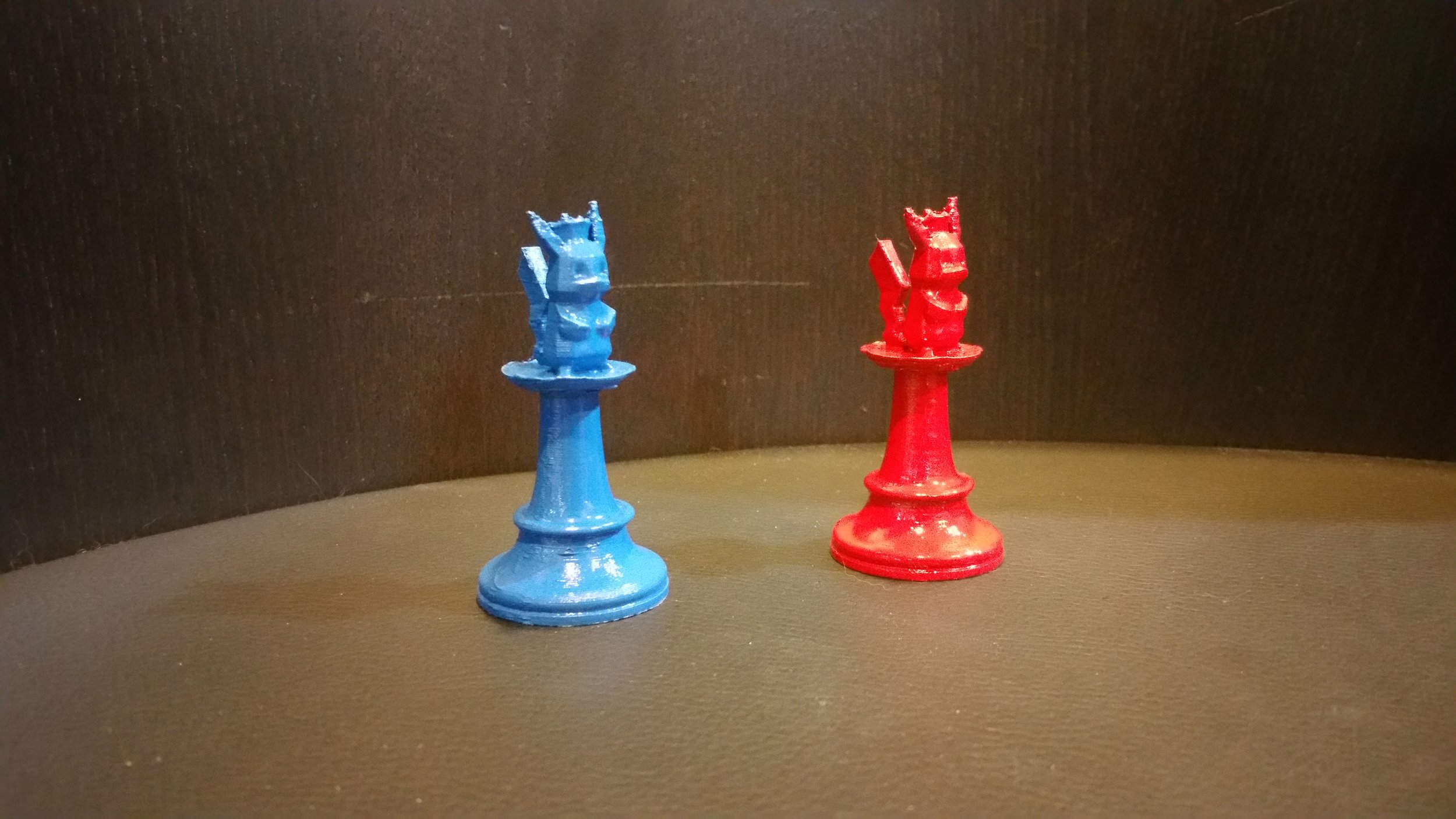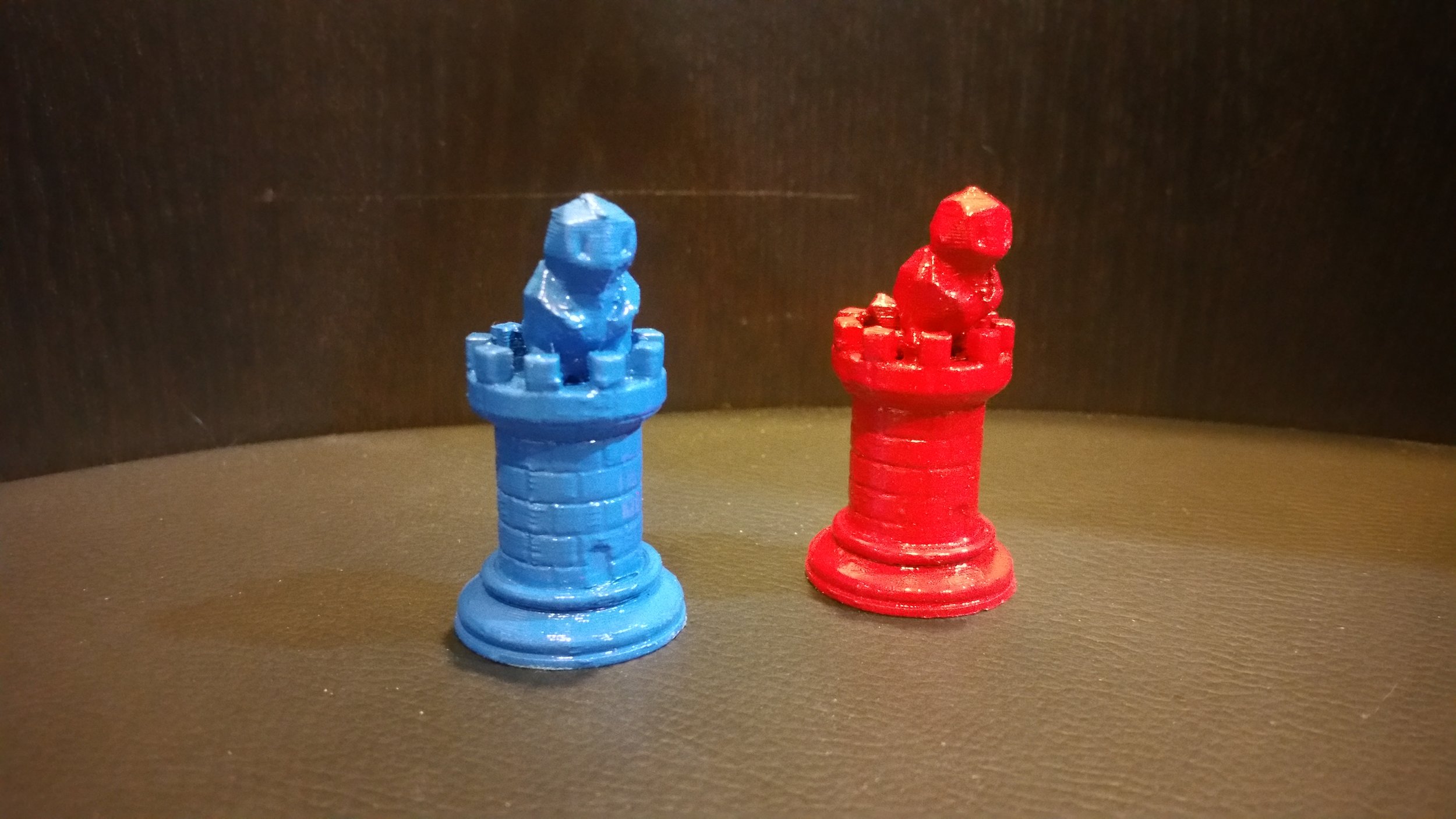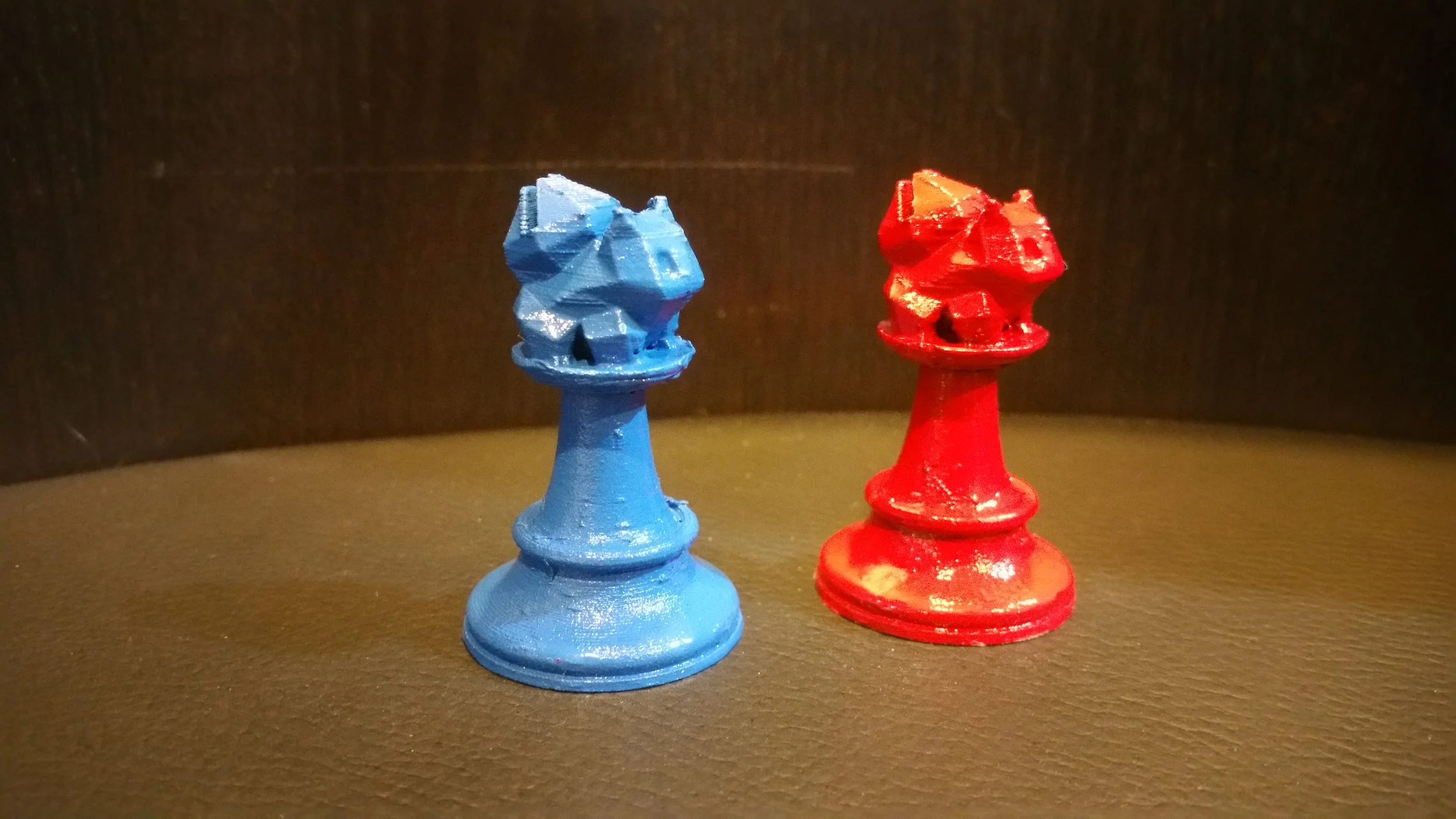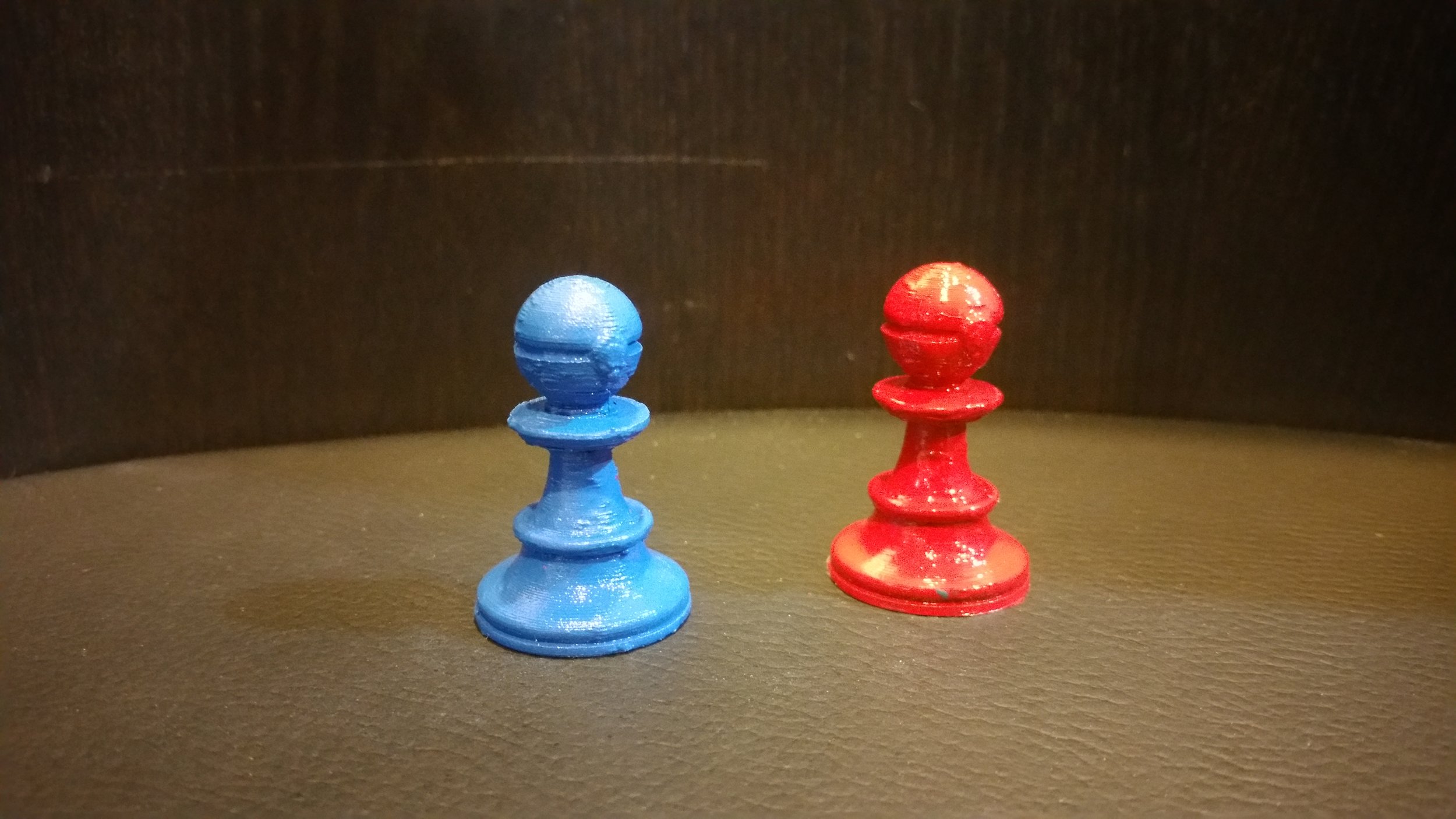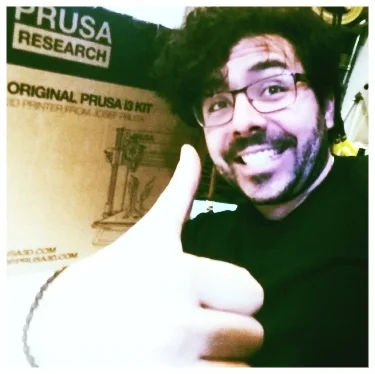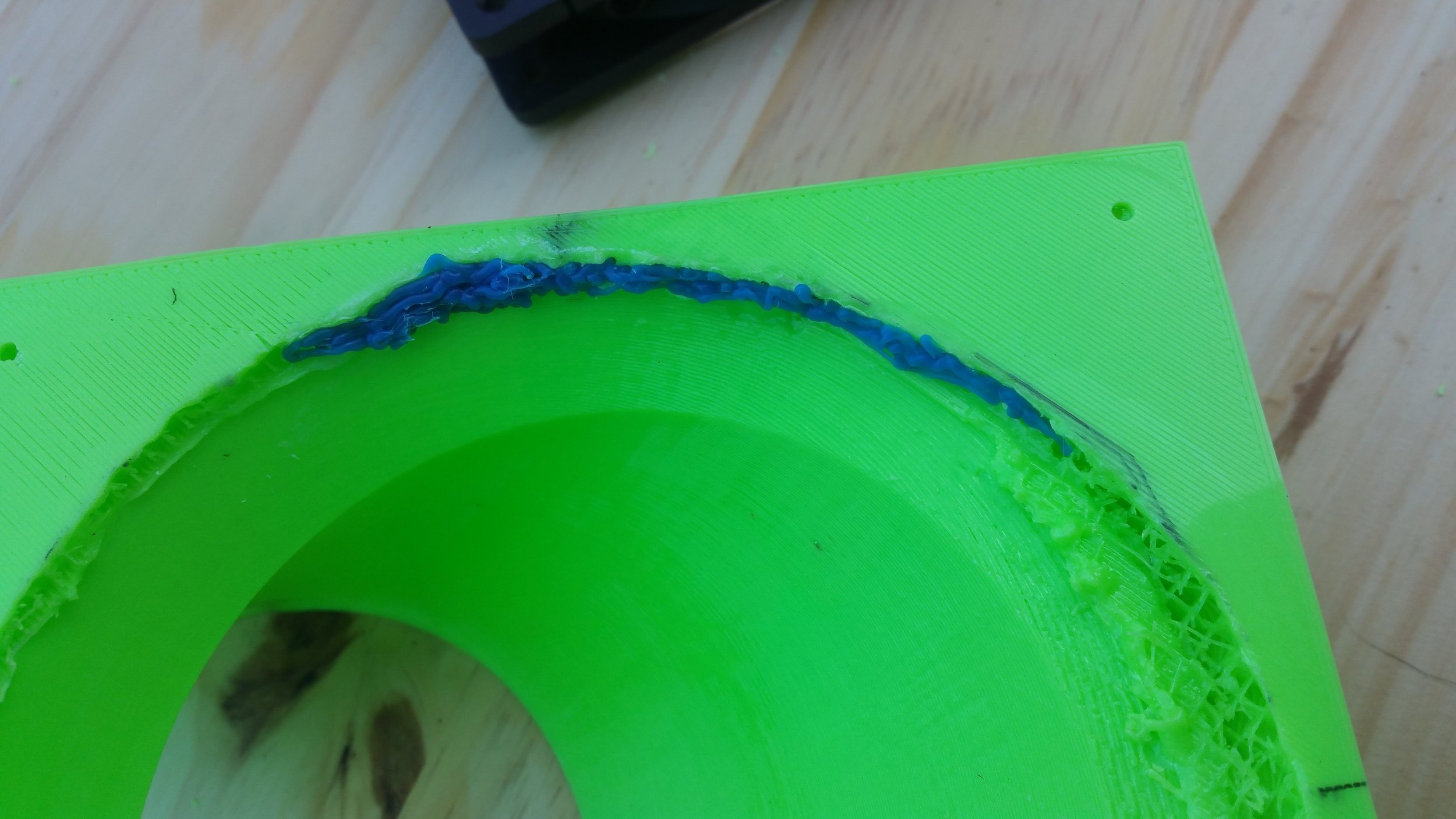PROJECT DETAILS:
TOOLS USED:
XYZ Da Vinci Pro 1.0 3-in-1 3D Printer
Hatchbox 1.75mm PLA - Black
Utility Knife
Rust-Oleum Painter's Touch 2X 12 oz.
Gloss Red General Purpose Spray PaintRust-Oleum Painter's Touch 2X 12 oz.
Gloss Blue General Purpose Spray PaintRYOBI Table Saw
Black & Decker DS321 Dragster Belt Sander
Elmer's All Purpose School Glue Sticks
Painter's Tape (Blue)
If you're interested in doing this project for yourself, or if you want the items for your own projects - click & shop using our amazon affiliate links or the amazon banner at the bottom of the page.
you'll help support future Today In Space, LLC./AG3D projects. Thanks!
Overview:
2016 was a big year for me with 3D Printing. I seriously dove head first into the field. One of the first goals I had this year was to 3D print all of my Christmas Presents. One of my favorites was the "Pokemon Chess" by roshandp1 on Thingiverse. My little cousins got a Christmas present I could only dream of as a kid.
The color scheme seemed obvious: Red vs. Blue as an homage to the original Gameboy games and the childhood rivalries over which was better.
SOME R&D FIRST:
These parts were 3D Printed using the Da Vinci Pro 3-in-1. Originally, I wanted to test individual pieces before I ran a batch of 4-6 at a time. At this time, I had only just started fine-tuning the machine's printing profile. For those that don't know, fine-tuning the machine's profile allows you to calibrate your printer to 3D print that material as best as it can. The difference is pretty astounding.
Here is an example of what calibration can do to improve the quality of your parts! This image shows the increasing quality that changing just one variable can do to make your parts look incredible.
The Pokeball Pawn, The Squirtle Rook, the Charmander Knight and the Bulbasaur Bishop all printed well. The Pikachu had some issues, mostly with stringing. While the Kings, Mew and Mewtwo did not build well on my 3D printer.
For me, it was a realization of my 3D printer's limits on very small parts. Both the Mew and Mewtwo were too small and intricate to 3D print on my Da Vinci. Even if my 3D printer could make them, they wouldn't last long with my cousins before breaking. All being said, I think the original Kings would make great SLA parts.
The King issue was what led me to spray paint and clear coat the chess pieces. There's nothing worse than a present, or even just a chess board that has just one piece broken. It feels useless! Even if I could 3D print them another piece, it's not a good look for the company - you know what I mean? Let's make something that showcases our abilities!
MODELING THE KINGS:
MEW & MEWTWO
This, of course, meant I had to create new Mew and Mewtwo pieces from scratch. Now remember, all I did here was manipulate models someone else already made. Cool, but anyone could do this IF they have models to work with. Luckily, I found a Low poly Mew model from hairold on Thingiverse, and a Mewtwo V.2 model from Tan_Tata_Chan. I wanted to match the chess piece from the original set so I used the King piece from OpenSCAD Chess by TimEdwards.
The rest was done using 123D Design. Once I had removed the top from the King piece, I needed to make a new base for the Kings to stand on. The Mew piece was easy - just scale the model to the right size and put it in place. The Mewtwo took a little bit more work. His feet were not flat on the ground, and scaling was troublesome.
The tail was the biggest hurtle though, seeing as it hangs so far away from the part. I built a support column to hold the tail, but in the end, the piece was too small and intricate for that 3D printer. I will test it again with the Prusa i3 MK2. Again, probably would make a great SLA part.
REVISION: After making these, there are a few changes I will make to the models on GrabCAD & Thingiverse. The supports on the base of the piece are unnecessary. The bases of the pieces can be designed specifically for 3Dprinting. This will eliminate almost any post-processing, other than removing supports for the character on top. Those are necessary...for now.
3D PRINTING:
With our previous R&D, we made sure the pieces could be 3dprinted in high quality. Now, it was time to start 3D Printing these parts in batches. But how many at a time? I'd never done more than 3 of the same part at the same time before. I filled my print bed with (x8) Pokeball Pawns to see if I make the whole batch at the same time.
It turned out, (x4) parts at a time was the magic number. Anymore and there were difficulties getting them to stay remain stuck to the build plate throughout the entire print-process. This worked out in the long run since most of the pieces were in batches of (x4) anyway.
Just to give you a comparison - on my RigidBot Big, I could have printed the entire chess set in one 3dprint. It took me (x7) prints on my Da Vinci. A bigger build platform can help you make lots of parts quickly.
3D Print Settings:
Layer Height: 0.200mm
Infill: 10% (Rectalinear)
Supports: YES
Nozzle Temperature: 210*C/410*F
Bed Temperature: 50*C/122*F
Blue painter's tape was used on the printing bed, and a thin layer of Gluestick was added to make sure the whole batch of x4 parts survived the entire print process. The good thing about regular old school washable gluestick is it helps the part stick to the surface while making it easier to remove.
If just one part doesn't stick to the bed surface, the material that should be used on the missing part bundles up. Now, attached to the nozzle, this blob mess gets stuck the good part next to it. This will happen each time the machine goes to "build" that missing parts layer.
Through some R&D I figured out that I could reliably print x4 at a time. Now, months after this project, I could potentially print x8 at once. It boils down to understanding the printer that much more. I can level my Da Vinci printer so well that I only need to relevel once every 5 prints.
This is due to two things:
Effectively leveling the bed on the first try
Using somewhere near a 1/4 of the force to remove parts from the bed
What does this mean?
My 3D printer bed doesn't move that much, other than the expanding and contracting from the heat-up and cool-down cycles.
Before this, it took a serious effort to remove parts. What it takes is strategically placed pressure and force. Be smart, don't caveman it. It's a delicate machine, not a lawn mower. These are the things I tell myself, now.
FIRST EXPOSURE TO "BATCH 3D PRINTING"
CHESS BOARD:
Making a chess board was alot more gratifying than I ever thought it would be. Most of the time spent on the project was waiting bonding and staining to finish. Everything else only took a few hours combined.
I kept the chess board very simple, because I wanted the 3D printed pieces to steal the show. I used WATCO Teak oil, which penetrates the wood so that it has some added protection. It also brings out the color of each wood in subtle way.
The part I didn't expect was the sanding needed to make the board flat once the strips were glued. It was like a bunch of marble steps in a grass field, totally uneven. It was handy to have a belt sander. Otherwise, it would have taken a long time and I would've been very sore.
Thank you to Doug Mahoney for writing this Popular Mechanics article on how to build a chess and checkerboard. You saved me many hours of toying with ideas. It also got me excited to learn some more new carpentry skills.
http://www.popularmechanics.com/home/how-to-plans/how-to/g1501/how-to-build-a-chess-and-checkerboard/
I will be selling Custom Chess sets in the near future! Fully customized chess boards and sets. Once I've designed and made the first AG3D Chess set (sometime in the upcoming year) I will be accepting orders for completely custom ones!
Whether you have a design idea for one, or want a one-of-a-kind chess set made up, contact me today @ ag3d.engineering@gmail.com
SPRAY IT ON:
All of the Black PLA pieces were spray-painted using three coats of paint and one layer of clear coat enamel for extra protection and durability.
NOTE: A lot of the first layer soaked into the PLA. This was the case for both colors, and from what I've read is a common occurance when painting 3D printed PLA. The one time I marked up a prototype with a sharpie, I noticed that the ink sank into and spread along the plastic. I'm not sure why, maybe because it's a bio-plastic? (If you have an answer send me a message!)
The unpainted areas on the Red parts were more noticeable with the second coat. The Blue parts seemed more thoroughly covered before the 3rd coat, but I wanted consistent coating. This difference could have happened for a few reasons:
It was easier to notice Black on Red instead of Black on Blue.
OR
More Practice: Maybe I coated the Blue parts better the second time around
The final coat of Clear Enamel was used to give the parts some shine, but also to give the parts more rigidity. Another solid layer would help these chess pieces last longer. Thus, making sure the joys of playing Pokemon Chess can happen over and over again.
pokemon 3d printed chess
Here we are! Pokemon Chess.
Glorious, isn't it? I'll be making my own set at some point, because it really is a lot of fun. I couldn't help but pick them up and look at all of the layers, and think about the machine that made it. I don't want to speak for you, but I never thought about the injection molding machine that makes the plastic bowl when I'm eating cereal. Well ok, I do NOW because I've worked with them, but I'm an engineer.
That's how my mind works. But I think now with 3D printers, people are interested in the machine that made a 3D Printed part. When there is a 3D printer on display and its working, its EXTREMELY difficult to ignore. There is always either someone watching it up close or a few people giving it a glance from across the room.
There were alot of things I loved about this project. It opened up my mind to the possibilities of 3D printing, which are endless (in my opinion). I created a full product for someone, even if it was a Christmas present. This was something I would buy, and it felt like a finished project, and not a "prototype".
I learned more skills in 3D printing, Woodworking, and Project Management. Learning what it's like to be running three major projects at the same time. Learning what keeping those 3 projects progressing within a time restraint was like. There were both new and uncomfortable things for me. But all it took of me was to be honest about what's in front of me (things to get done), and planning my week around it. Then, all there was left was to follow the plan and solve any problems that came up.
But the learning didn't stop there. I learned about 3D Printer Calibration, Printing Multiple Parts at a time, manipulating STL models to create new models, building custom supports, how spray paint reacts with PLA prints, and designing parts that will last.
It seems like just a chess set, but actually creating it and making it requires so many different skills. Don't get scared of the tasks in front of you, just know that's you noticing how much work it's going to take.
Be brave, make a plan, and get after it.
Alex G. Orphanos
Owner & Operator of AG3D PRinting
Here's a picture of me in front of our newest 3D Printer to join the fleet!
The PRUSA i3 MK2
